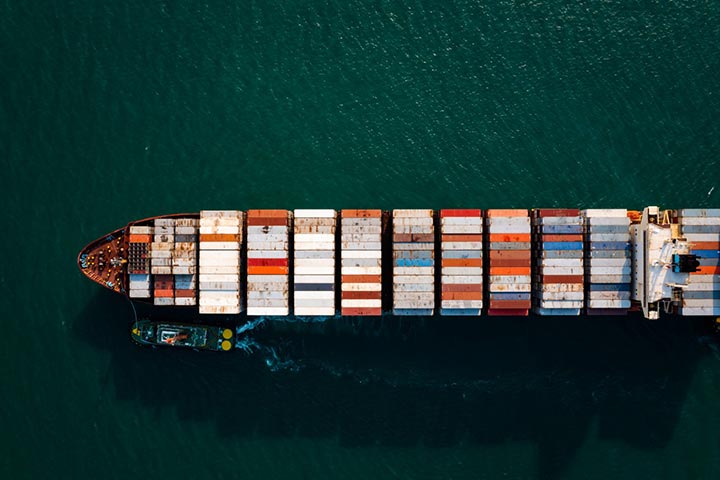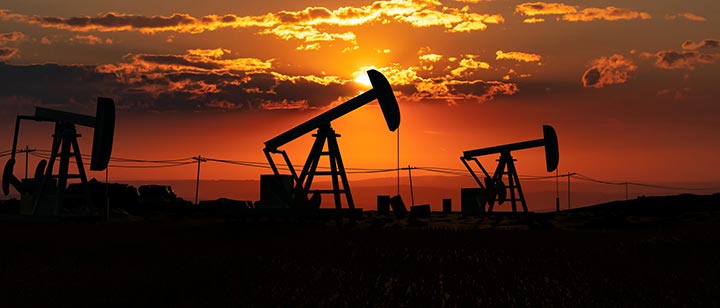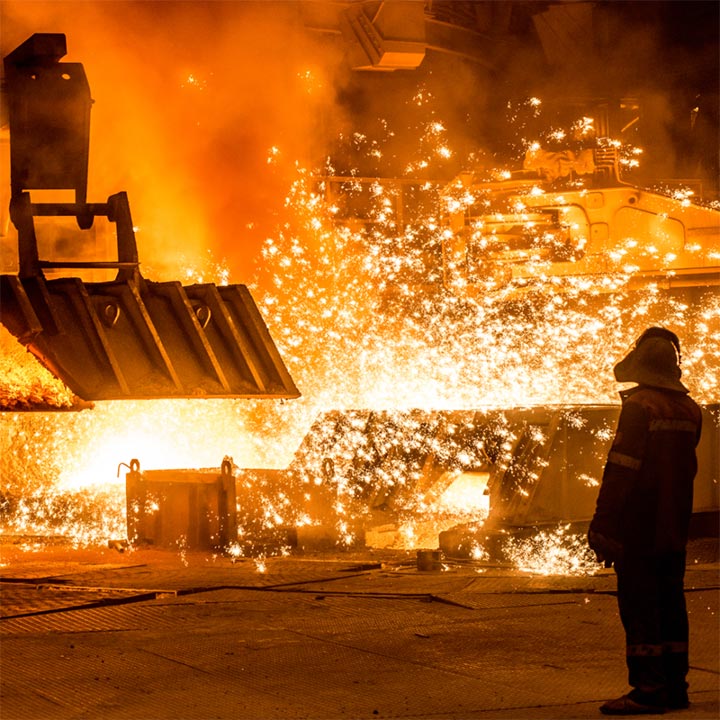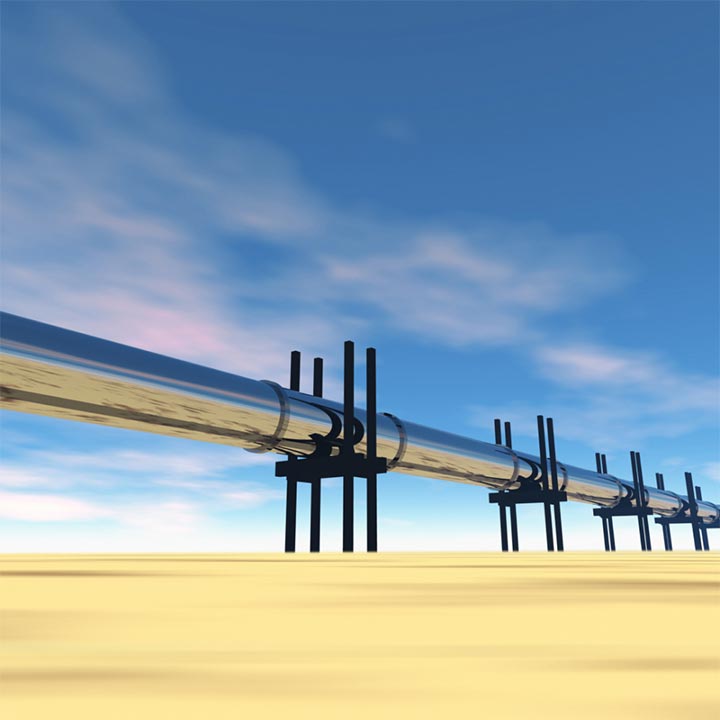
China reopened: Where next for commodities in 2023?
For nearly 3 years, China was almost entirely closed to the world.
As restrictions were eased in December and borders opened on January 8th, we’re considering what the Chinese reopening might mean for commodities markets in 2023.
Economists generally agree that a Chinese recovery will be the biggest driver for global economic growth for the rest of the year. Official forecasts for China’s economy were upgraded in January, varying from The World Bank’s 4.4% to 5.2% from the International Monetary Fund.
“The restrictions and COVID-19 outbreaks in China dampened activity last year. With the economy now re-opened, we see growth rebounding to 5.2% this year as activity and mobility recover.”- International Monetary Fund
We’d always take a cautious approach when assessing broad economic forecasts, especially in China’s current context. We don’t fully know the implications of the unwinding of Covid restrictions on the Chinese economy and may not have a more rounded picture until the end of Q1.
Despite the price recovery of key raw materials like iron ore and copper, questions remain about the resiliency of the Chinese construction industry. And regardless of government efforts to reinvigorate the sector, property and infrastructure investment may still face a significant credit crunch in 2023.
China is now through the worst biological effects of the great reopening, but we can’t be certain that there won’t be more disruption to global supply chains as the Chinese economy normalizes.
It’s also too early to judge how Chinese consumer sentiment is recovering from the Covid freeze, Chinese households are sitting on top of a huge savings pool – $2.6 trillion by some estimates – but how willing they are to spend that cash is far from certain as lingering doubts remain about the strength of the economic recovery and the housing market.
The reopening of China’s borders signals the end of 3 years of global pandemic, but what does it really mean for the world’s commodities markets?

Implications for Key Hard Commodities
China is a key producer, importer and consumer of most of the world’s major commodities. It buys almost a fifth of the world’s crude oil, half of its copper, over half of its nickel and zinc, more than three-fifths of its iron ore, and consumes over half of its coal.
Almost all these hard commodities have experienced price increases this year, partly due to China’s reopening. But what happens for the rest of 2023 remains to be seen.
For the remainder of this article, we’ll focus on a range of hard commodities to help paint a clearer picture of what the future holds:
Crude Oil
China is the biggest importer and the second largest consumer of crude oil.
The Zero covid policy disproportionately affected mobility fuels until the fourth quarter of last year, but as the country emerges from the pandemic, we expect demand to reach a new record high by the second half of the year.
December 2022’s crude imports into China were already elevated as refiners planned to increase runs to meet surging domestic consumption.
China’s mobility data, such as traffic congestion, subway ridership and flight bookings, show signs of real strength and will support greater demand for gasoline and jet fuel.
The World Bank and International Energy Agency (IEA) suggest that China will drive nearly half the world’s growth in oil consumption in 2023, but the market remains volatile.
“China will drive nearly half this global demand growth even as the shape and speed of its reopening remains uncertain.” – International Energy Agency (IEA)
OECD countries have been unable to replenish crude and refined product stocks back to their 5-year average even as China faced recurring lockdowns and below-trend demand. At the same time, the odds of severe recessions in developed markets and the US in particular, keep decreasing on the back of a very resilient labour market.
Producers seem more interested in returning cash to shareholders rather than growing supply: 5% of US oil rigs were shut since the end of November, and the impact of the EU embargo on Russian crude and products has yet to feed through markets. It is unlikely that Russia will be able to maintain current production as they struggle to sell their diesel and naphtha.
This mismatch will become very apparent in the second quarter of this year once global refineries come back from their annual maintenance programs. We expect that to be reflected in higher oil prices.

Iron Ore
Iron Ore is possibly the most Chinese-centric of all the hard commodities; the country buys nearly 70% of seaborne iron ore volumes, and it’s seen by some analysts as the trade that defines China’s reopening.
Iron Ore and Steel have rallied since November 2022 on the hope of a Chinese recovery and what that means for demand, particularly in the construction and property sectors, which account for 40% of Chinese steel consumption.
There are also expectations that the Chinese government will further support the beleaguered property market, which will increase demand for both commodities.
“Iron Ore could be the trade that defines China’s reopening”

What remains to be seen is how resilient the demand for iron ore will be in the uncertain global economic landscape for 2023, and what impact the emergence of the China Mineral Resources Group (CMRG) may have on prices.
The CMRG was set up last year as a vehicle for the Chinese Government to buy Iron Ore for the country’s steel industry. It will certainly have a significant influence on the direction of the iron ore markets in 2023.
Natural Gas & LNG
China’s reopening is the wild card in almost all commodity markets for 2023. Not least for Natural gas and Liquified Natural Gas (LNG). Greater Chinese demand has the potential to increase competition in an already tight global market.
“We see a significantly tighter natural gas and LNG market in the second half of 2023 as Chinese demand fully recovers and Europe looks to replenish stocks for next Winter.”
China’s appetite for LNG was particularly weak in 2022, influenced by high spot prices and price volatility. Chinese imports of LNG were 20% down year on year, and domestic demand was largely met by coal and lower-priced pipeline gas from Russia and Turkmenistan.
But looking to the future, in November 2022, China signed a 27-year $60 billion LNG deal with Qatar, the longest of its kind ever agreed. The deal confirmed China as one of the key long-term import markets for LNG. It also suggested that the respite other global markets – like Europe – have enjoyed in recent months may be short-lived.
We see a significantly tighter natural gas and LNG market in the second half of 2023 as Chinese demand fully recovers and Europe looks to replenish stocks for next Winter.

Coal
Coal prices reached record levels in March 2022 due to the uncertainty about the global energy supply from the Russian invasion of Ukraine.
The high prices of natural gas also led to record levels of global coal power generation in 2022, as China, India and Europe all burned more despite carbon emissions targets. The International Energy Agency (IEA) has forecast that global coal demand will plateau by 2025, but the near-term global demand may well depend on how the natural gas market evolves in 2023. China’s role as the world’s largest producer and consumer of coal means it’ll be a key driver in both narratives.
If Chinese demand for LNG picks up, and Europe struggles to replenish its storage levels later in the year, European countries may compete with China for gas and coal.
As well as buying power, China has a strategic advantage in its coal import capacity. Chinese ports can handle some of the world’s largest coal bulkers, which can’t dock in Europe. It means that some of the biggest coal traders will naturally prioritise the Chinese market.
“If Chinese demand for LNG picks up, and Europe struggles to replenish its storage levels later in the year, European countries may compete with China for gas and coal.”
The ripple effect of increased Chinese demand and this logistics challenge could mean that European buyers, in particular, may need to pay higher prices to secure coal supply in 2023.
What the Future Holds
China’s reopening is already one of the defining economic events in 2023, but it surprised most market watchers due to its speed and scale.
Undoubtedly, it’ll be a significant driver of supply and demand for the world’s commodities, but how quickly the Chinese economy and consumer sentiment will recover is uncertain.
Global macroeconomic headwinds are still likely to be a significant factor this year. The risk of recession in the West still threatens China’s recovery and therefore wider commodities markets. Increased Chinese demand could also fuel further inflation at a time when the Federal Reserve and other central banks appear to be bringing it under control.
“China’s reopening to the world is welcome, not least to signal the end of the Covid-19 pandemic, but our outlook for the medium-term is cautious.”
The world that China re-enters is significantly different to 2020.
The Russian invasion of Ukraine is now almost a year old and shows little sign of resolution; inflation is still a significant factor in global supply chains, and we haven’t seen the full implications of the global energy crisis that began last year.
Given the 3 years of zero-COVID policy and its impacts, there are still inherent risks on both the supply and demand side, and those may take the whole of 2023 to unwind fully. Overall we don’t expect the reopening to be straightforward, and we believe the positive economic event that commodity markets are currently predicting may not fully materialise.
